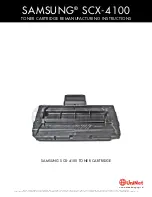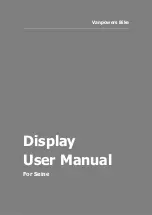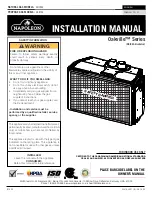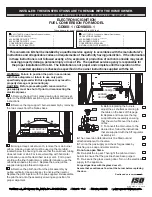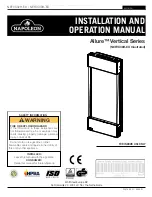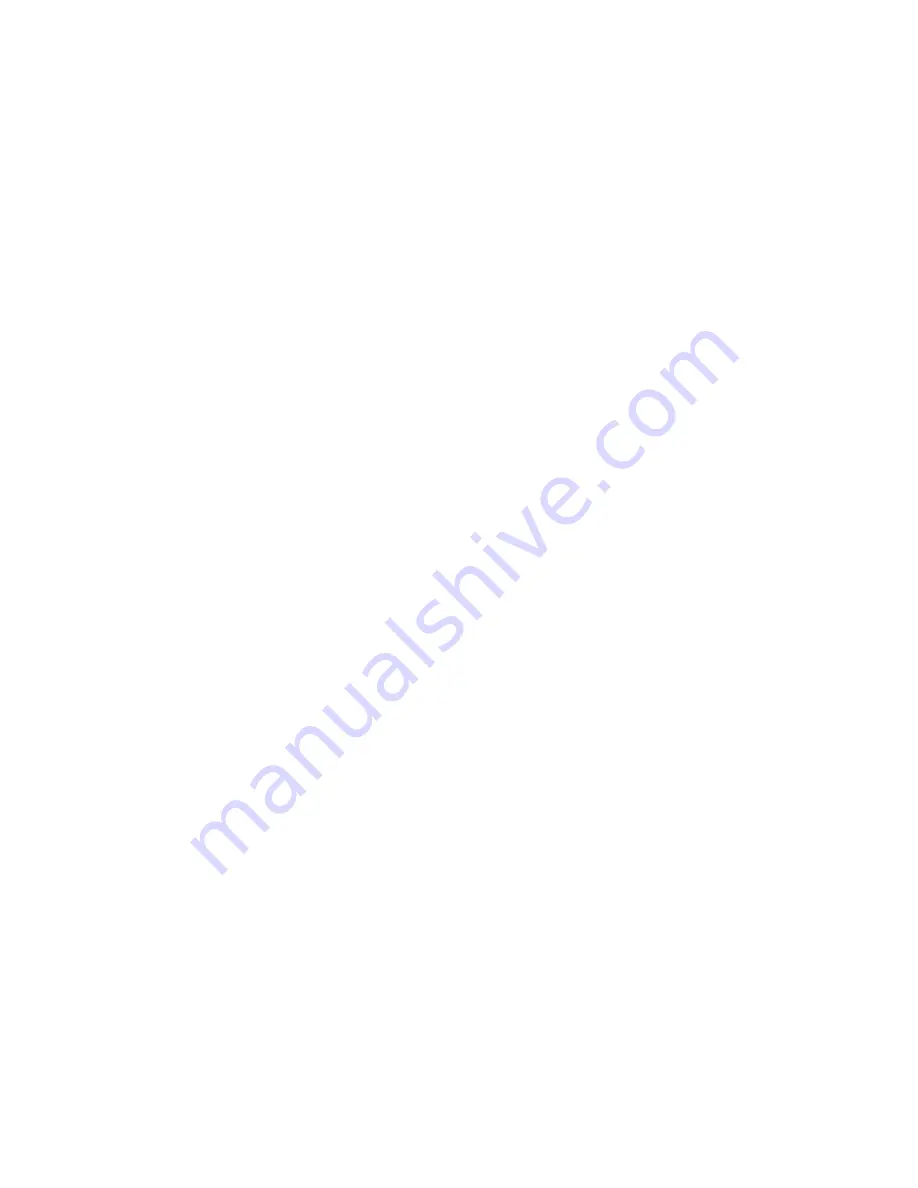
HCT User Guide
page 27
Copyright © 2001 HutchColor, LLC
User_Guide_43.docx 2/10/19
format ink jet printer or any other device with a wider color gamut than a typical monitor, be sure to
select a wide-gamut working space like DonRGB, Wide-Gamut RGB or BestRGB and avoid
converting into a narrow space like sRGB, ColorMatchRGB, AdobeRGB or AppleRGB. These will
actually clip some colors, especially rich reds, cyans and bright yellows, that would be preserved in a
wider color space.
If exporting for exclusive use on the web, the safest space to convert into is sRGB, but this should
only be done on a copy image to preserve the integrity of the original capture or master edited
image.
Having converted into a selected space, make sure the camera or editing software embeds the
correct profile in the final image, and that the output process is ICC-aware and can use the camera
profile correctly.
Changing camera settings for live work
Production lighting will usually be different than when the target was captured. So long as the same
type of lighting is used, the main adjustment needed from capture to capture is exposure, which
should be adjusted using a combination of lighting position, aperture and exposure time. The goal is
to bring the whitest area of the image to about the same level that the white patch of the target was
at when the profile was made.
Camera balance should also be checked and if necessary adjusted for each new setup. Use a
standard piece of gray card as described earlier.
Having created a profile, many photographers would like to be able to adjust the camera curve to
suit each subject. This is acceptable so long as (a) the profile is ‘sensitive’ to a full range of values
from 0, 0, 0, to 255, 255, 255 and (b) you remember that the more you change the curve, the less
the profile will match the colors and contrast of the subject.
Note that for critical copy work or product photography, any departure from the curve used when
the profile was built will make it harder to match the original.
When evaluating the capture, always make sure the camera or viewing software uses the profile
correctly. If so, what you see on screen should be a close match to the subject with no additional
adjustments. If not, either the profile or the software or the camera settings may be at fault.
Setting a relatively high contrast with a pronounced ‘S’ curve will emulate a ‘film-like’ look, but a
lower contrast curve will give more realistic results, closer to the appearance of the actual scene. For
product photography, where the ultimate goal is to reproduce the product as it actually appears,
lower contrast curves are best. For snapshot photography a higher contrast curve is sometimes
preferred, but for fine-art or landscape work a softer curve reproduces nature more truthfully than
film.
Sending RGB captures for output
Always attach or embed the correct camera or working space profile in the delivered RGB file and
make sure the recipient understands how to use the profiles correctly.
Avoid converting to CMYK unless the printer sends you a profile and takes responsibility for it’s
quality. Remember that converting to CMYK makes YOU responsible for bad color on press!
Try to resist ‘pumping’ contrast or saturation during or after exposure. This can lead to clipped
highlights or plugged shadows that just make it harder to get good detail in the CMYK separations.
If you must edit the image, make the changes as adjustment layers and send the layered file to the
printer.



























